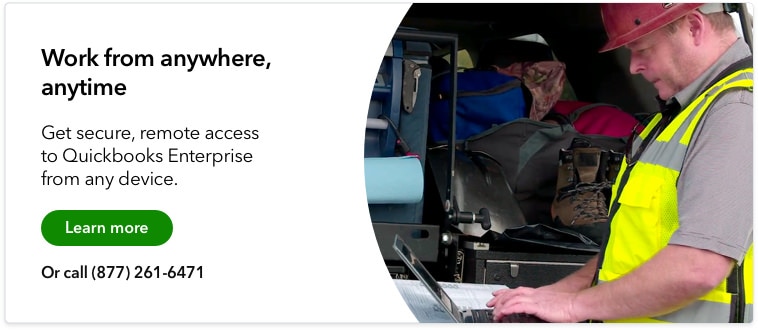Provide mentorship and career development
If there ever was a time when all people looked for in a construction job was a paycheck, those days are now long gone. As baby boomers start to retire and millennials begin to make up the majority of the workforce, new patterns have emerged that can make a huge difference for employers.
When compared to baby boomers, millennials tend to care much more about mentorship. In a study by the consulting firm Atenga Inc. and documentary filmmaker Josh Tickell comparing the two generations, millennials were more likely to:
- Say that having a great mentor was important
- Want a purpose-driven workplace
While 67% of baby boomers said they cared about making more money than about doing good, millennials ranked the two values equally, meaning they were more likely to stay at a workplace that felt meaningful.
Providing a mentorship program has immediate benefits not just for millennial workers eager to find meaning and improve their skills, but also for construction companies that are desperately seeking to replace retiring workers with younger ones who don’t always have the skills or experience of their older counterparts.
Moreover, there are benefits to being a mentor as well. A study published in the Journal of Vocational Behavior noted that those who serve as mentors are more likely to:
- Have higher job satisfaction
- Have a higher commitment to the company
- Perform better at work
- Perceive greater career success
Launching a mentorship program can have lasting benefits for all parties, from older and younger workers to the company itself.
As construction companies need to replace retiring workers with those eager to learn and pick up the know-how for future career advancement, partnering workers in a mentor-mentee relationship can not only transfer skills but also provide workers with a sense of purpose that leads to better job performance.
Compared to traditional internships or apprenticeships, which tend to be more standardized and focused on giving credentials or certifications, mentorship programs challenge both managers and trainees through one-on-one interactions that can last well after the program is over.
You can set up your own mentorship program in-house or through organizations like the Construction Management Association of America (CMAA), which provides a Mentor Registry as well as resources for construction managers who want to become registered mentors.
To attract younger workers to your program, partner up with local schools so students can participate and get hands-on experience working in construction. By receiving more one-on-one guidance, they’ll get a much better understanding of the work and their future prospects.
Encourage mentors to stay in touch with them afterward and help them through the application process if they decide they want to continue working. You can also offer your mentorship programs during the summer when students are actively seeking work.









